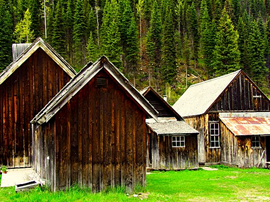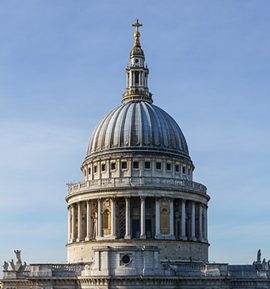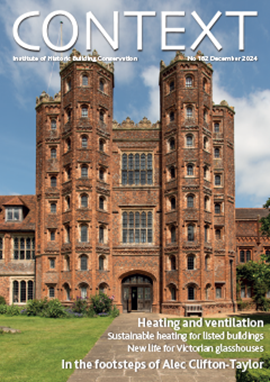Building Preservation Notice BPN
Building Preservation Notices (BPN) can be used to prevent un-listed buildings of special architectural or historic interest from being demolished or altered in a way that might affect their special character.
Section 3 of the Planning (Listed Buildings and Conservation Areas) Act 1990 allows local planning authorities (and National Park authorities) to serve a BPN on a building owner (or in urgent cases, they may fix it to the building) if they consider a building is in danger of demolition or alteration in a way that might affect its special character. BPN’s take effect immediately, protecting the building for up to six months, as if it were listed.
The local planning authority (or National Park authority) must make an application to Historic England to list the building at the same time that the BPN is served.Historic England will assess the application and make a recommendation to the Secretary of State for Culture, Media and Sport. The BPN lapses once a decision has been made.
If the Secretary of State decides that the building should not be listed, then another BPN cannot be served on the building within 12 months of the decision, and the local planning authority (or National Park authority) may liable to pay compensation for any losses sustained as a result of the BPN.
Any works to a building that is the subject of a BPN require listed building consent. Failure to obtain consent is an offence, even if the Secretary of State subsequently decides not to list the building.
[edit] Related articles on Designing Buildings Wiki
- Cautions or formal warnings in relation to potential listed building offences in England and Wales.
- Certificate of immunity.
- Conservation area.
- Conservation management plan.
- Curated decay.
- Demolition.
- Designated areas.
- Good design is the emphasis in reformed planning system
- Listed building.
- Local interest list.
- Planning permission.
- Planning appeal.
- Planning objection.
- Protection of historic statues, plaques, memorials and monuments.
- Restoration.
- Sites of Special Scientific Interest.
- Tree preservation order.
- Urgent works in advance of a listed building consent.
- Use of direct action in heritage enforcement cases in England.
- Valuing historic buildings.
- VAT - protected buildings.
[edit] External references
IHBC NewsBlog
IHBC Annual School 2025 - Shrewsbury 12-14 June
Themed Heritage in Context – Value: Plan: Change, join in-person or online.
200th Anniversary Celebration of the Modern Railway Planned
The Stockton & Darlington Railway opened on September 27, 1825.
Competence Framework Launched for Sustainability in the Built Environment
The Construction Industry Council (CIC) and the Edge have jointly published the framework.
Historic England Launches Wellbeing Strategy for Heritage
Whether through visiting, volunteering, learning or creative practice, engaging with heritage can strengthen confidence, resilience, hope and social connections.
National Trust for Canada’s Review of 2024
Great Saves & Worst Losses Highlighted
IHBC's SelfStarter Website Undergoes Refresh
New updates and resources for emerging conservation professionals.
‘Behind the Scenes’ podcast on St. Pauls Cathedral Published
Experience the inside track on one of the world’s best known places of worship and visitor attractions.
National Audit Office (NAO) says Government building maintenance backlog is at least £49 billion
The public spending watchdog will need to consider the best way to manage its assets to bring property condition to a satisfactory level.
IHBC Publishes C182 focused on Heating and Ventilation
The latest issue of Context explores sustainable heating for listed buildings and more.
Notre-Dame Cathedral of Paris reopening: 7-8 December
The reopening is in time for Christmas 2025.















